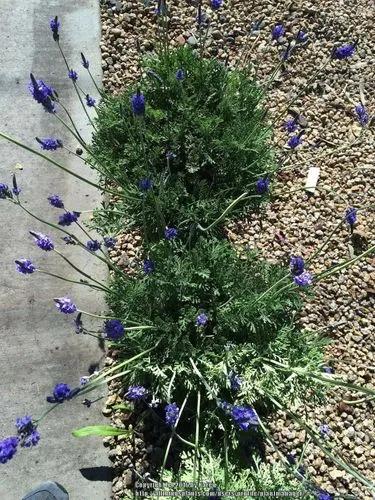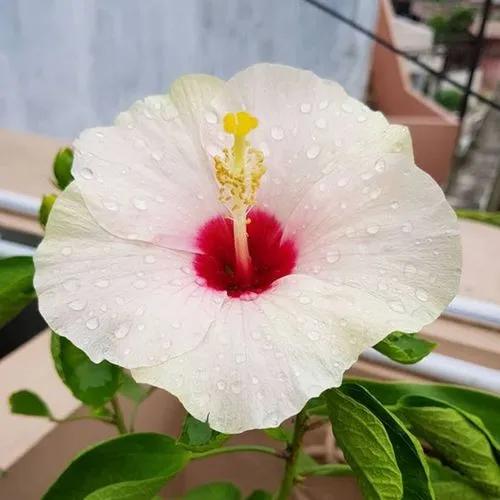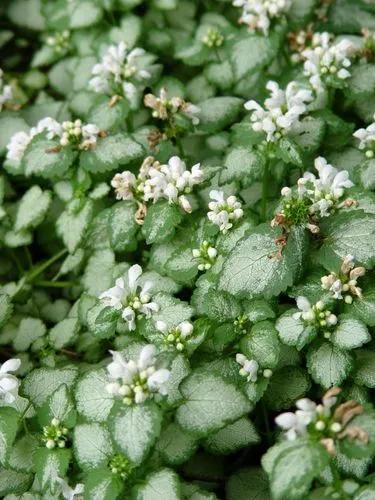Pinguicula alpina, also known as the alpine butterwort, is a species of carnivorous plant native to high latitudes and altitudes throughout Eurasia. It is one of the most widespread Pinguicula species, being found in mountainous regions from Iceland to the Himalayas. Native to cold climates, it is a temperate species, forming prostrate rosettes of green to red leaves and white flowers in the summer and a tight hibernaculum during a period of winter dormancy in the winter. Like all members of the genus, P. alpina uses mucilaginous glands covering the surface of its summer leaves to attract, trap, and digest arthropod prey.
Alpine Butterwort Care
Pinguicula Alpina



How to Care for the Plant

Water

If you choose a good location, there are no special maintenance measures. In long dry periods, you should water so that the soil does not dry out completely.

Pruning

The common butterwort does not have to be cut, neither the stems, leaves nor the withered flowers.

Fertilizer

Carnivorous plants like the common butterwort do not usually need any fertilizer, since the insects that serve the plant as food already contain enough nutrients. In winter, when the insects are rare, the plant takes the necessary nutrients from its thick fleshy leaves.

Sunlight

To thrive well, the common butterwort needs a sunny to half-shady location. It should be airy and protected from excessive rainfall. However, if you would like or need to cultivate them in the house or apartment because you do not have a garden, you should offer the carnivorous plant a bright location. But too much sun should be avoided. A half-shaded spot on the windowsill of an east or west window is very pleasant for the butterwort.

Soil

The carnivorous plant feels equally at home in acidic, neutral or alkaline soils – provided they are very moist to wet. The soil that you use for the Pinguicula vulgaris in indoor culture can consist of a commercially available special substrate for carnivores or it can be a mixture of quartz sand and peat. The mixing ratio of the two substrates is 1: 1 and can contain a little bit of clay.

Temperature

The common butterwort feels most comfortable at temperatures between 18 and 30 °C / 64 and 86 °F and a humidity of 60 to 70%.

Popularity

25 people already have this plant 8 people have added this plant to their wishlists
Discover more plants with the list below
Popular articles






